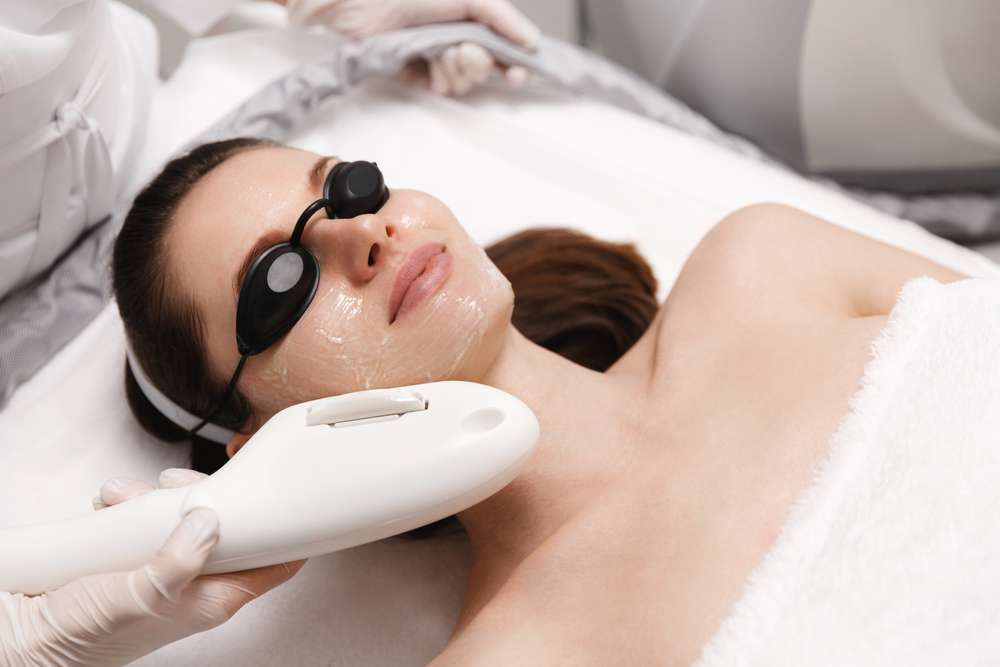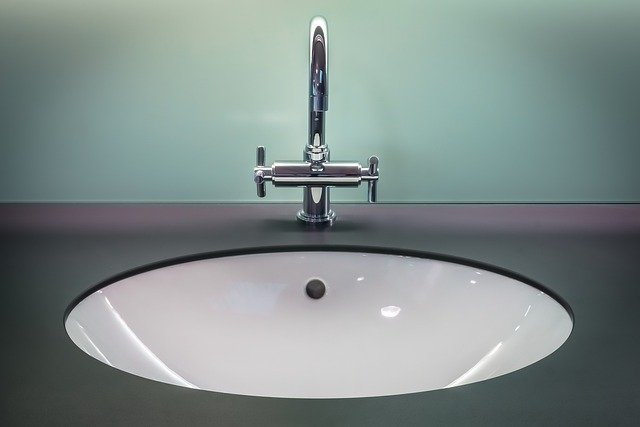Laser Skin Renewal: Treatments for Radiant, Youthful Skin
Discover how laser skin rejuvenation can refresh your complexion and tackle signs of aging. Learn about different laser options—ablative, non-ablative, fractional, and IPL—their benefits, expected recovery, and typical treatment schedules. Find out which approach suits concerns like wrinkles, sunspots, acne scars, and uneven texture to achieve healthier, more luminous skin.

Skin rejuvenation using laser and light-based technologies has become a go-to solution for people aiming to restore a more youthful, even complexion. These procedures use concentrated light energy to stimulate collagen, resurface damaged tissue, and target specific pigment or vascular concerns. Below is a clear guide to what lasers can treat, the main types of treatments, what happens during a session, and when you can expect to see improvements.
What skin issues can lasers help with?
Laser and light-based treatments are versatile and can address a wide range of cosmetic concerns. Common conditions that respond well include:
-
Fine lines and wrinkles — By encouraging new collagen, lasers can soften expression lines and crepey skin.
-
Sun damage and age spots — Targeted wavelengths break up pigmented patches for a more uniform tone.
-
Uneven skin tone and texture — Resurfacing and stimulation improve roughness and dullness.
-
Acne scars and other scars — Certain lasers remodel scar tissue and smooth the surface.
-
Enlarged pores — Treatments that tighten skin can reduce the appearance of pores.
-
Redness and rosacea — Vascular-targeting light energy can diminish persistent redness.
-
Hyperpigmentation and melasma — Controlled light breaks apart excess pigment and helps even out discoloration.
Because many laser systems can be tailored, a single session or combined approaches may tackle multiple concerns at once.
Types of laser and light-based treatments
Different devices achieve results in distinct ways. Choosing the right modality depends on the condition being treated, desired outcome, and tolerance for recovery time.
-
Ablative lasers — These are the most aggressive option and remove the top layer of skin (epidermis), prompting substantial collagen remodeling and tightening. They’re highly effective for deep wrinkles, pronounced sun damage, and severe scarring, but they also involve more downtime.
-
Non-ablative lasers — These work beneath the surface without removing the outer skin. By heating deeper layers, they stimulate collagen with less injury to the epidermis, offering improvement for mild to moderate concerns and shorter recovery.
-
Fractional lasers — Fractional technology treats a grid of microscopic zones while leaving surrounding tissue intact. This speeds healing and can be incorporated into either ablative or non-ablative approaches to balance effectiveness and downtime.
-
IPL (Intense Pulsed Light) — Though technically not a laser, IPL uses broad-spectrum light to target pigmentation irregularities, broken capillaries, and overall tone. It’s often used for color correction and general skin brightening.
A clinician will recommend the best device based on your skin type, condition severity, and goals.
What to expect during a session
A treatment typically begins with cleansing the area and reviewing your medical and skin history. For more intense procedures a topical numbing cream may be applied 30–60 minutes beforehand to increase comfort. You and the practitioner will both wear protective eyewear.
During the session the practitioner passes the handpiece over the skin, delivering controlled pulses of light. Depending on the device and settings you may feel warmth, snapping, or mild stinging; most people tolerate this well, and practitioners may use cooling systems to ease discomfort.
Session length varies by the treated area and technology—small areas may take 15–20 minutes, while full-face treatments can last an hour or more.
Timeline for results and treatment plans
Some improvements can be seen shortly after treatment—a brighter tone or smoother texture—while others develop gradually as collagen is rebuilt. Typical recommendations include a series of sessions spaced several weeks apart:
-
Non-ablative and fractional treatments often require multiple sessions (commonly 3–5) with results becoming more evident over 2–3 months as collagen increases.
-
Ablative lasers may produce dramatic change after 1–2 sessions, with continued improvement over 3–6 months as remodeling continues.
-
IPL generally needs 3–6 treatments and can show quicker visible changes in pigmentation within weeks.
Maintenance sessions may be advised to preserve outcomes, and a personalized plan helps balance efficacy with recovery time.
| Treatment Type | Average Number of Sessions | Expected Results Timeline |
|---|---|---|
| Ablative Laser | 1–2 sessions | Immediate to 3–6 months |
| Non-ablative Laser | 3–5 sessions | 2–3 months |
| Fractional Laser | 3–5 sessions | 1–3 months |
| IPL | 3–6 sessions | 2–4 weeks |
Prices, rates, or cost estimates mentioned in this article are based on the latest available information but may change over time. Independent research is advised before making financial decisions.
Choosing the right approach and next steps
Selecting the appropriate treatment requires an assessment by a qualified dermatologist or licensed skincare professional. Factors such as your skin type, history of pigmentation, scarring tendency, and lifestyle (ability to avoid sun, take time off for recovery) will influence the recommendation.
During a consultation you should discuss expected benefits, possible side effects, aftercare, and a realistic timeline. Ask about the practitioner’s experience with the specific device being used, and request before-and-after photos of similar cases.
Safety and aftercare
Aftercare varies by procedure: gentle cleansing, sun protection, and avoiding exfoliants are typical. Ablative treatments may require more intensive wound care and a longer healing period. Follow your provider’s instructions closely to minimize complications and optimize results.
This article is for informational purposes only and should not be considered medical advice. Please consult a qualified healthcare professional for personalized guidance and treatment.





